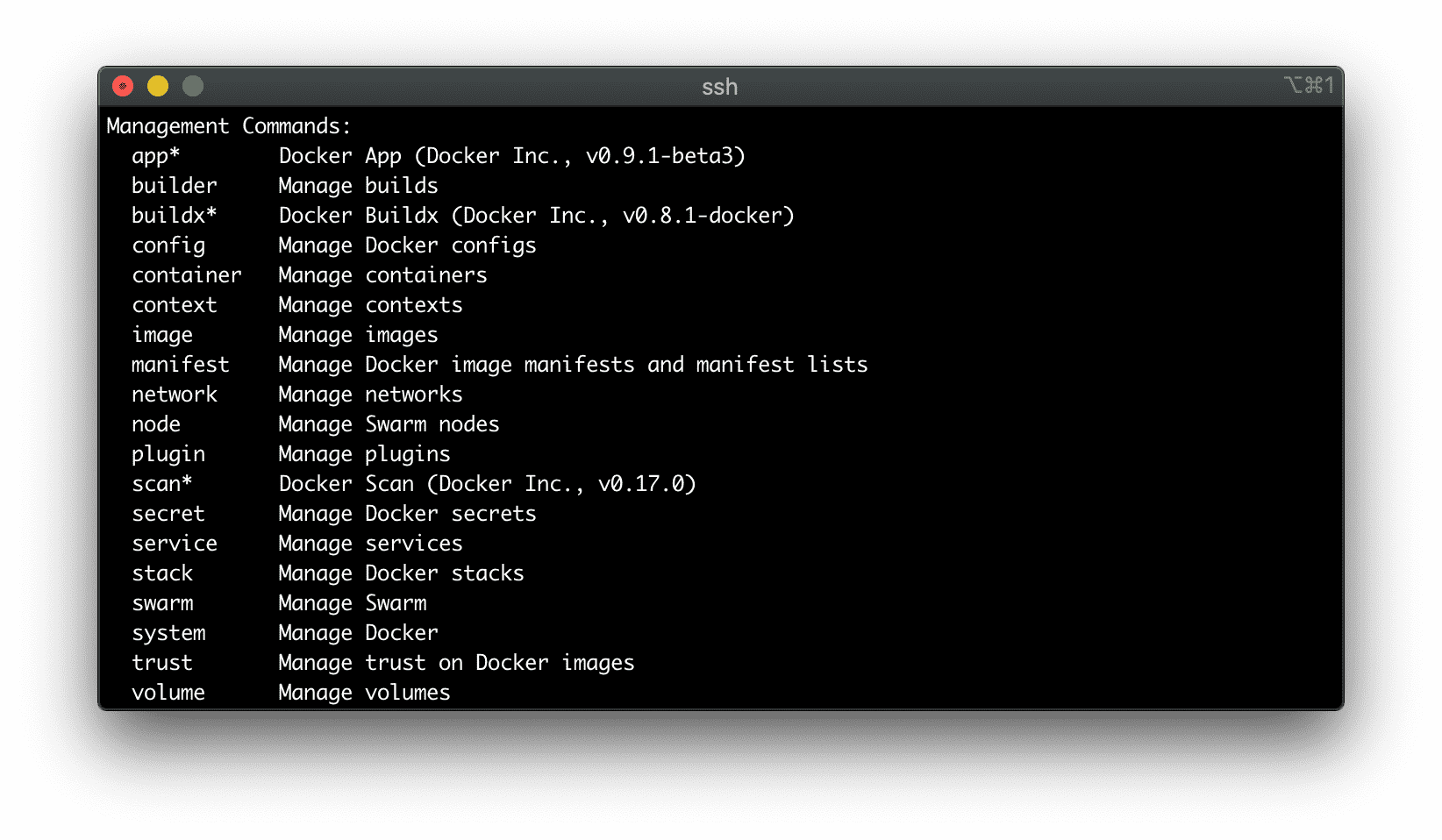How Kubernetes Reinvented Virtual Machines (in a good sense)
There are lots of posts trying to show how simple it is to get started with Kubernetes. But many of these posts use complicated Kubernetes jargon for that, so even those with some prior server-side knowledge might be bewildered. Let me try something different here. Instead of explaining one unfamiliar matter (how to run a web service in Kubernetes?) with another (you just need a manifest, with three sidecars and a bunch of gobbledygook), I'll try to reveal how Kubernetes is actually a natural development of the good old deployment techniques.
If you already know how to run services using virtual machines, hopefully, you'll see that there's not much of a difference in the end. And if you're totally new to operating services at scale, following through the evolution of the technology might help you as well with the understanding of contemporary approaches.
As usual, this article is not meant to be comprehensive. Rather it's an attempt to summarize my personal experience and how my understanding of the domain has been forming over the years.
